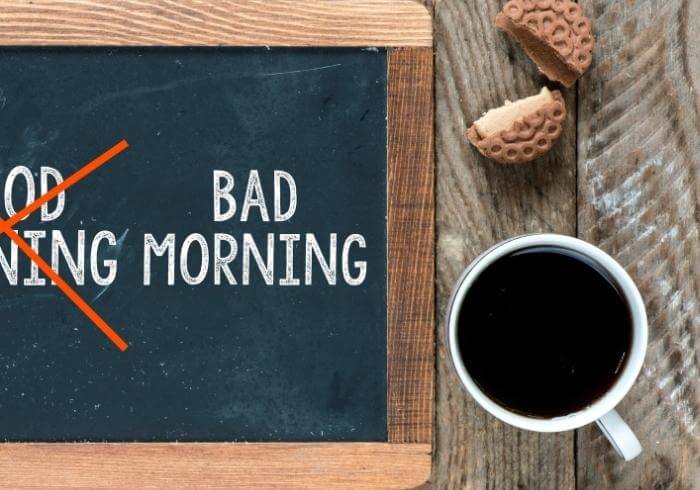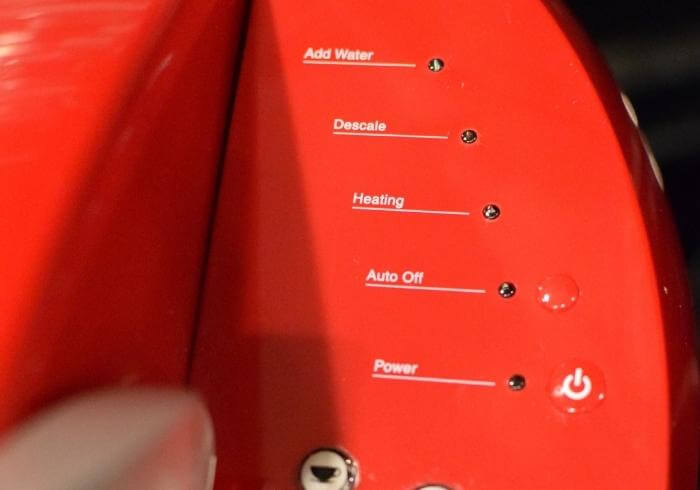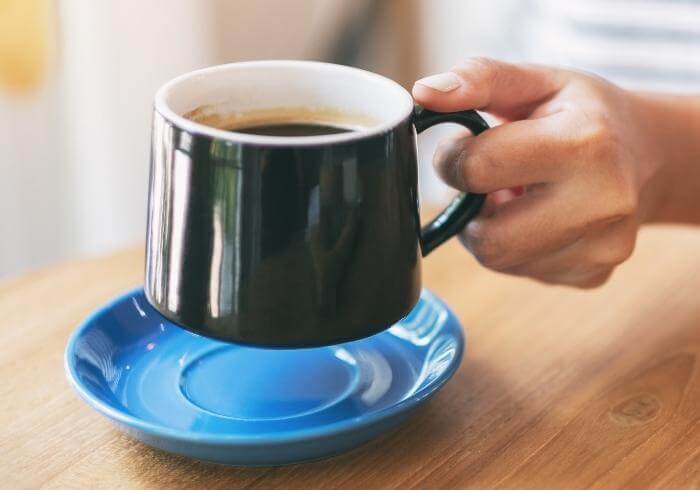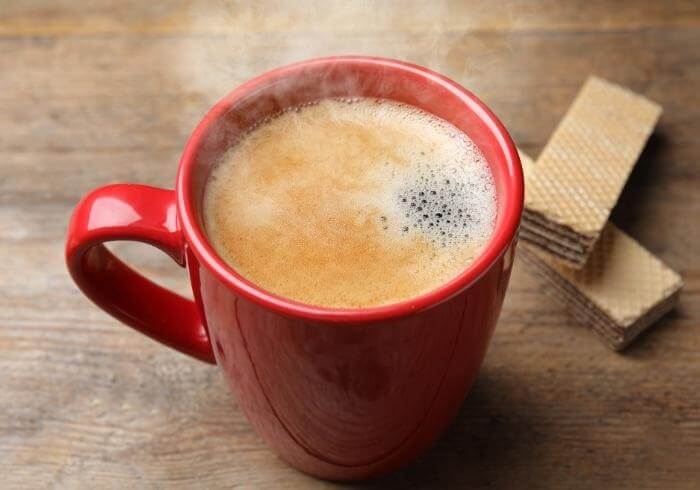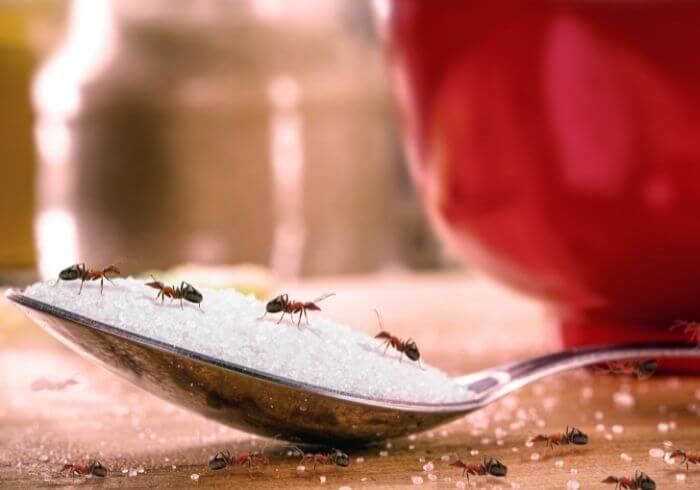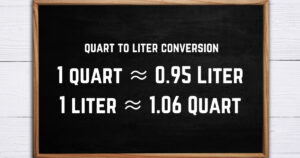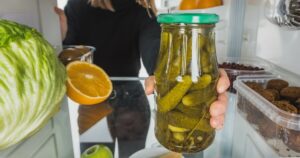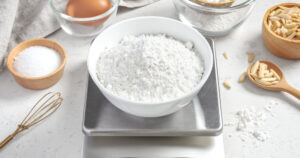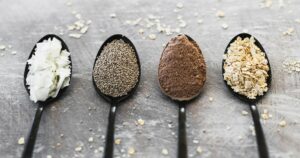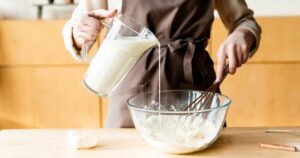Drip coffee makers are one of the most popular kitchen appliances in the developed world, and all start with three basic features: a water reservoir, a coffee filter, and a shower drip system.
After that, the programming and coffee capture options are nearly endless.
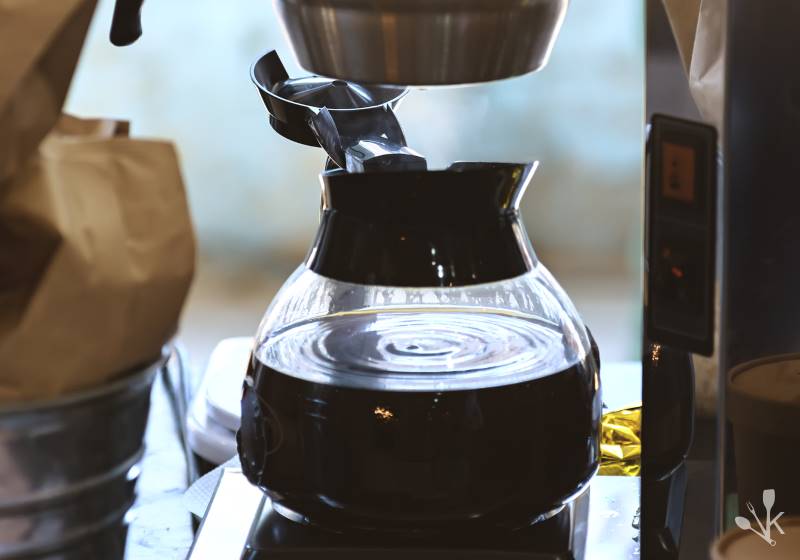
How To Use A Coffee Machine
1. Get A Grinder
Fresh ground coffee offers the best flavor, so either consider investing in a burr coffee grinder or buy your coffee from a shop that will grind it in small batches for you.
The flavor difference may be worth the price of the grinder.
Related | Coffee Grind Chart
2. Use The Right Amount Of Coffee
Many users of grocery store pre-ground coffee have been using the same measuring scoop for years.
We recommend measuring coffee by weight. For every 225 grams of water, use 15 grams of ground coffee and adjust to your taste as you go.
3. Use A Paper Filter
Permanent filters sound great, but you’ll get better results and fewer complaints about chewy coffee if you use paper filters.
Be sure to use a filter that’s large enough so you don’t get overflow and grounds in your coffee.
Some drinkers prefer coffee through unbleached filters; most coffee drinkers can’t tell the difference.
4. Pre-Wet Your Grounds
If you have access to instant hot water, dribble a tablespoon of hot water over the grounds in the filter before you brew.
This will insure that the grounds will all stay in the bottom of the filter basket and you’ll get consistent flavor in every pot.
5. Use Filtered Water
Some experts recommend using distilled water for coffee as it reduces scale build-up in your coffee maker. However, distilled water is flat and unpleasant to drink and generally makes flat, unpleasant coffee.
Cold filtered water is best for great-tasting coffee; if you have a filter pitcher or filtering dispenser, use this for your coffee preparation.
If your tap water is great to drink, it will work for coffee.
6. Brew At The Correct Temperature
Per coffee authorities at the Specialty Coffee Association of America, the proper coffee brewing temperature is 195 – 205 degrees Fahrenheit or 95 – 96 degrees Celsius.
When it’s time to replace your coffee maker, look for this rating so you can be sure you’re getting the best brewer for home use.
7. Don’t Store Coffee On The Burner
The flavor of coffee comes from the oil in the bean and the degree to which the bean is roasted. If you store brewed coffee on a burner, this oil can burn and produce a bitter, nasty coffee.
Per experts at Camano Island Coffee, your coffee will stay hotter in a thermal carafe than a glass pot, so consider investing in a coffee maker with a thermal capture carafe or transfer your freshly brewed coffee to a carafe once it’s brewed.
Related | Best Way To Store Coffee
8. Your Machine Needs TLC
Be good to your coffee maker and coffee pot. Rinse or clean the coffee pot and filter basket every time you use it, and descale the machine on a monthly basis.
When cleaning your pot, be sure to wash the showerhead mechanism, where the water drips down from the reservoir into the filter.
Per coffee experts at Talk About Coffee, the oil from the coffee spreads and clings to every area of the pot, and the shower heads often get missed.
Descaling your coffee pot is a simple process that takes time, hot water and vinegar.
- Mix a solution of 50% vinegar and 50% water and fill your coffee maker reservoir.
- Run this solution halfway through the brew cycle and stop the machine. Let it sit for an hour, then start it again and finish the vinegar and water solution.
- Once the coffee maker cools down, run two pots of plain water through the brewing cycle.
- After this, clean the carafe and filter basket with hot soapy water.
- Never immerse your coffee maker entire in water, and always unplug it when wiping down the exterior.
Final Thoughts
Drip coffee makers are popular because they’re convenient. However, you don’t have to accept second-rate or “good enough” coffee at home. Use great coffee, take proper care of your coffee maker, and drink up!

